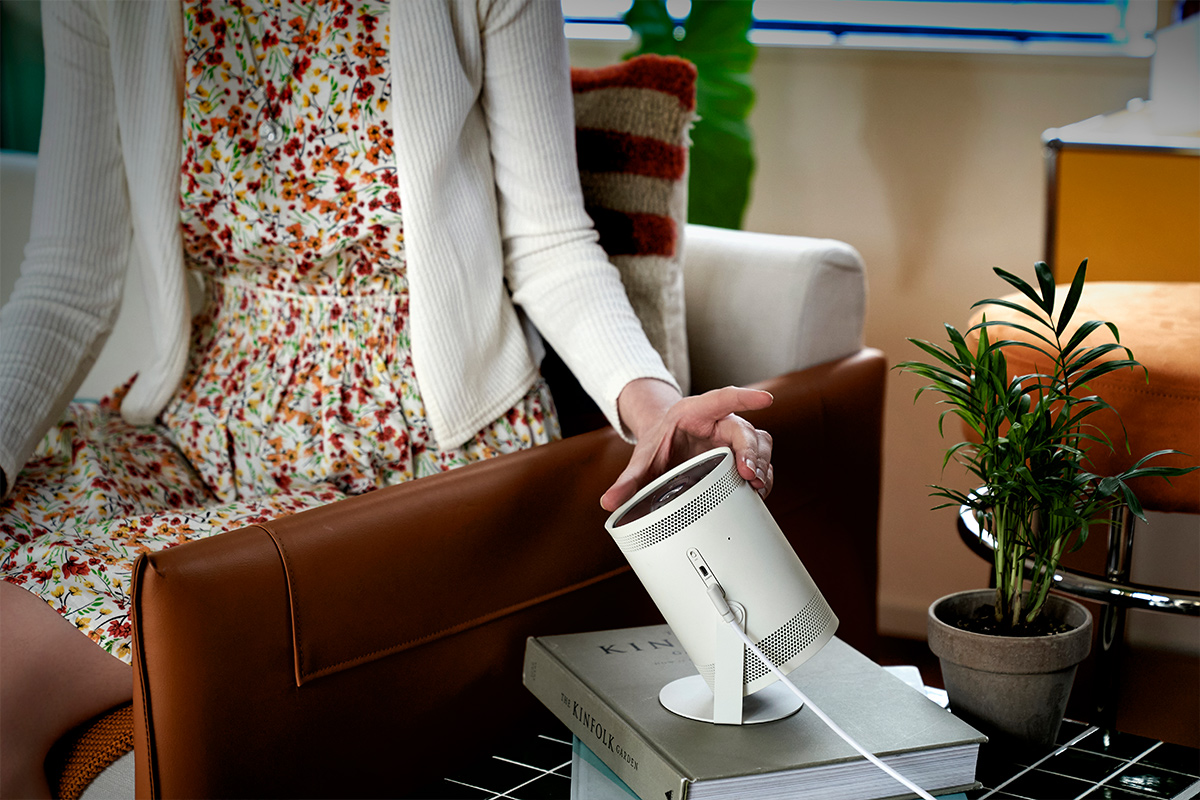
There is a growing trend of people using a projector over a TV as their main source of home entertainment. Having a home theatre projector or portable projector means you don’t need a TV in your home at all; you can use it to watch TV during the day, stream movies at night, or pick it up and take it outside for movie night.
To get the most out of your home theatre or portable projector you’ll need to set it up properly. Here’s a quick look at the steps you can follow to set up your home theatre or portable projector.
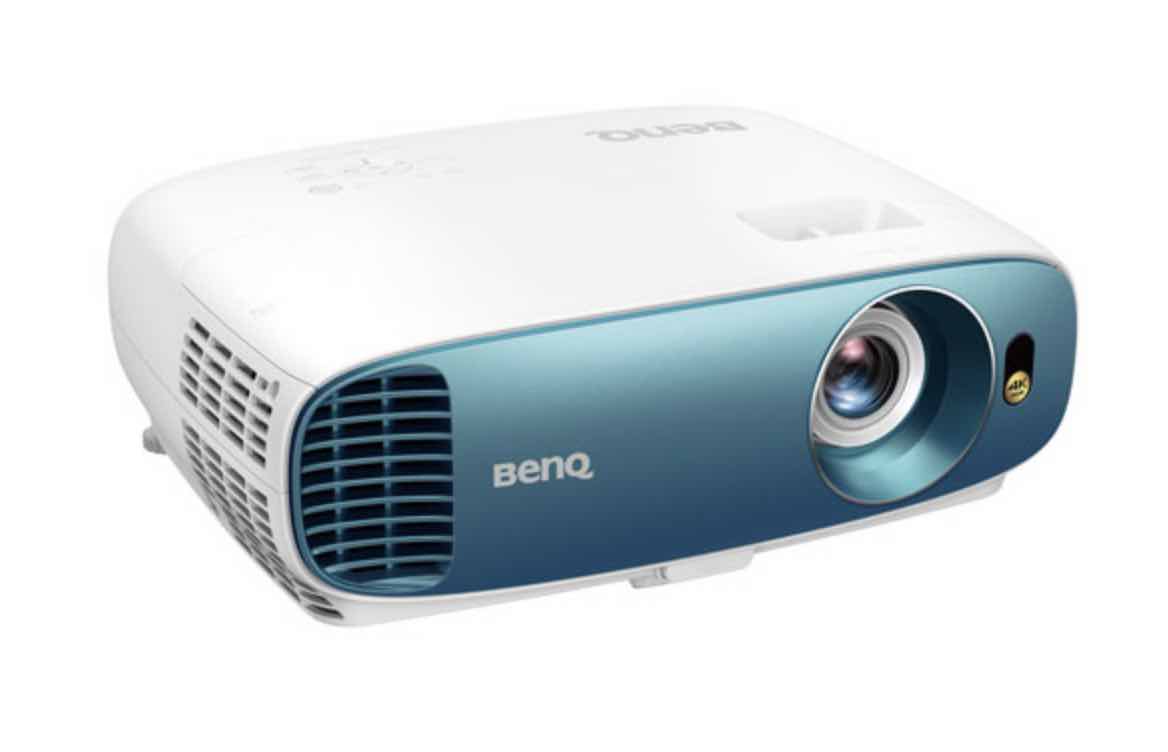
1. Choose your projector
There are quite a few different types of projectors. You can check out the projector buying guide for a full rundown of the types and features on specific kinds of projectors including LED projectors, laser projectors, 4K UHD HDR projectors, and mini projectors or pocket projectors.
2. Unboxing your projector
A projector is ready to use right out of the box, but it’s a good idea to take a few minutes to familiarize yourself with everything that’s included with your projector.
You’ll want to check and see if your projector has a layer of protective clear tape covering the lens or casing. You should remove that layer as leaving it on will affect your projector’s picture quality.
Every projector is packaged with a power cord, but not all include an HDMI cable to connect it to other devices. Make a note of what cables are included with your projector so you can easily hook up gaming consoles or Blu-ray players if you’d like to. If you don’t have an HDMI cable, you’ll want to pick one or two up so you can utilize your HDMI ports.

3. Decide on the best spot for your projector
When you’re ready to plug your projector in, the first thing you’ll need to decide is where to place it. Depending on which type of projector you’ve brought home, you’ll have a few options for placement. Some laser projectors and LED projectors can throw an image of up to 100-inches at a distance up to 10 feet. Short throw projectors can project from 3 to 8 feet away, and ultra-short throw projectors can project directly under the screen or up to 4 feet away.
If you plan on using a projector mount on your ceiling or wall you’ll want to choose the perfect position for your projector before you begin drilling holes in the wall. You can also choose a projector stand so you can move the projector around the room as needed.
If you are unsure as to how to place the projector, a good tip is to find the center of the screen and make sure it matches up to the centre of the projector lens. There is a keystone adjustment on most projectors, but you’ll get the best picture quality if you rely on placement instead of keystone.
Once you know where you’ll place the projector you can use the focus to sharpen the image quality. A great feature to look for on 4K projectors, 8K projectors, or portable projectors is autofocus. Autofocus will sharpen the image on the projector automatically, while manual focus requires you to adjust a dial to improve image quality.
A tip for placement if you’re using a portable projector is to make sure you have your projector seated in a spot where the vents aren’t blocked. You want it to be able to vent out hot air while running, so don’t block the vents by placing it in a tight corner.
4. Mount your projector screen
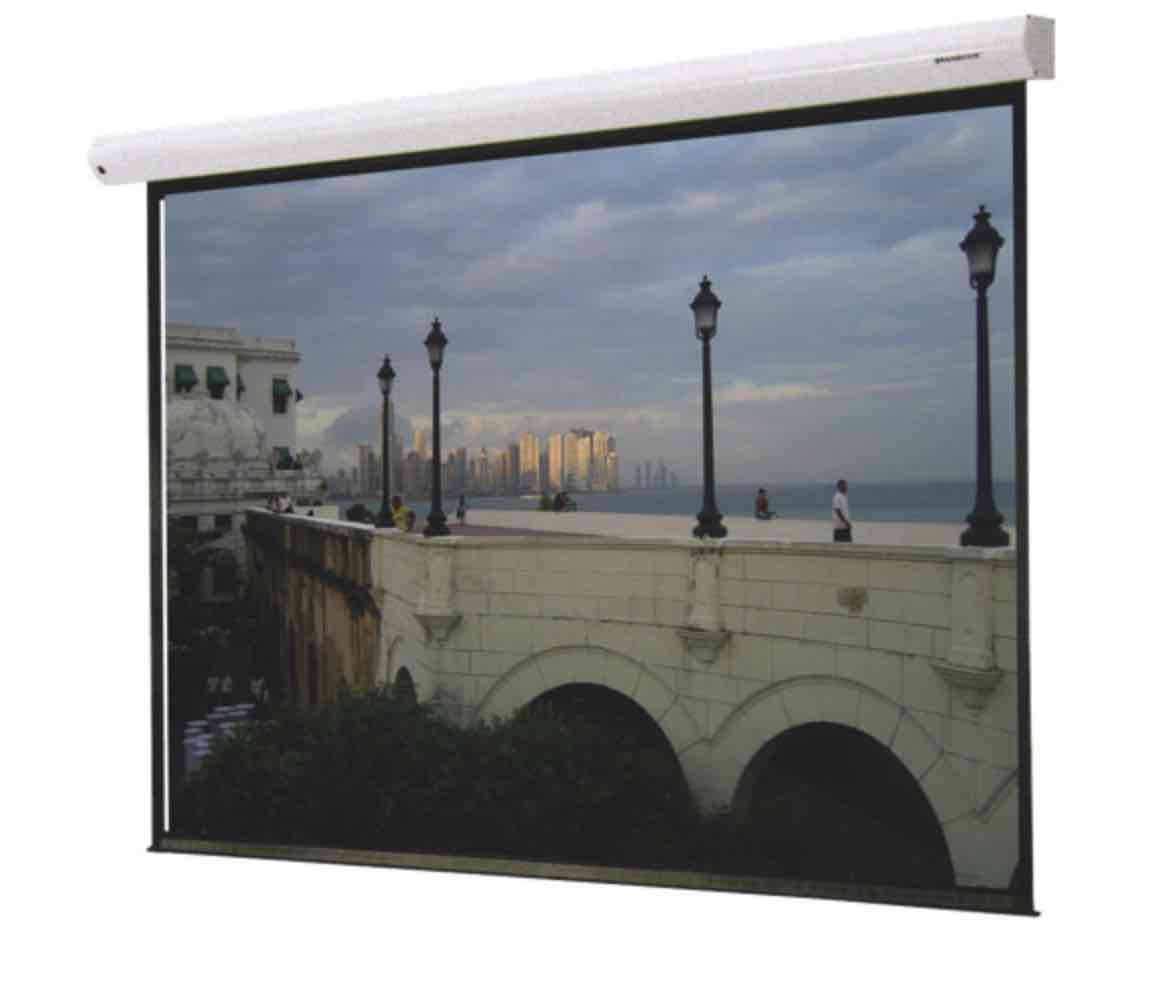 A projector will project onto a wall, but for the best possible image quality and to reduce distractions like nail holes or wall marks, you’ll want to get a projector screen. If you use a screen that mounts on your ceiling or wall, be sure to place it in a spot that won’t be in direct sunlight.
A projector will project onto a wall, but for the best possible image quality and to reduce distractions like nail holes or wall marks, you’ll want to get a projector screen. If you use a screen that mounts on your ceiling or wall, be sure to place it in a spot that won’t be in direct sunlight.
There are a lot of white projector screens that are available as mounted options or on screen stands, and white is a great option for a projector screen if you’re using a portable projector or want to use your projector outside.
The best projector screen colour for 4K projectors and 8K projectors is grey. A grey screen will improve contrast in brighter rooms. Grey will also absorb any ambient light in the room, and you’ll find colours are vivid and bright and blacks are deep and dark when displayed on a grey screen.
5. Add blinds or room darkening curtains
Some projectors are bright enough for daylight viewing on their own, while others will provide better picture quality at night or in a darkened room.
If you’d like to watch video during the day without darkening your room, you’ll need to choose a projector with enough lumens to provide a bright picture in direct or indirect sunlight. The recommended lumens for a daylight projector are approximately 2000 ANSI lumens, and the best option for daytime viewing is short throw and ultra short throw projectors because their close proximity to the screen reduces the potential of shadow or glare.
Even if your projector is designed for a bright room, you might still want to control the amount of light coming in so you can enjoy the best picture quality possible. Window coverings like blinds and room darkening or blackout curtains are an easy way to eliminate ambient light and darken a room.
6. Customize your projector with your favourite apps
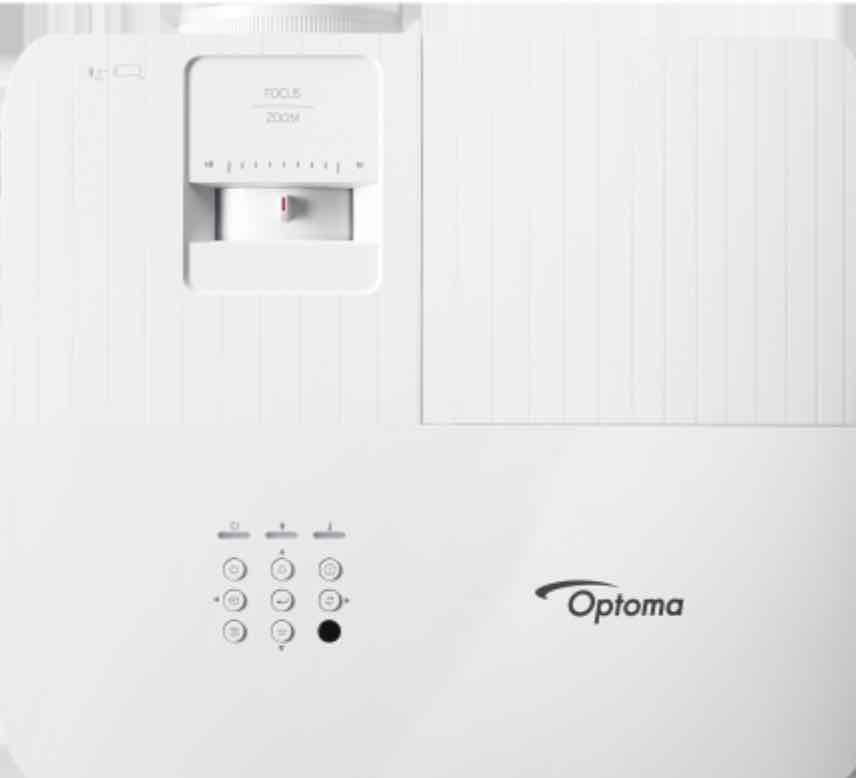 Just like TVs have smart operating systems, your new projector may also have smart features. Some Bluetooth projectors have Wi-Fi built-in, and it will connect to your home’s network so you can access your favourite streaming apps all on one screen.
Just like TVs have smart operating systems, your new projector may also have smart features. Some Bluetooth projectors have Wi-Fi built-in, and it will connect to your home’s network so you can access your favourite streaming apps all on one screen.
Take BenQ projectors for example, some models run the Android operating system just like your phone, computer, or TV. You’ll want to take some time to download and set up all of your favourite video streaming apps like Netflix, Disney+, and Crave. You may be able to add Spotify to stream your favourite playlists from a Bluetooth projector.
7. Consider adding external speakers for your projector
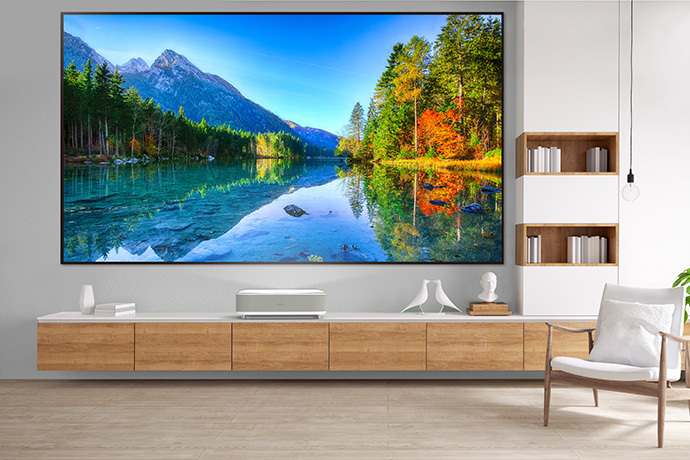
Projectors have speakers so you’ll be able to hear everything you’re watching without connecting to an external speaker. Some projectors have speakers that are 3 watts to 5 watts, other higher-end projectors offer 10-watt speakers.
If you’d like to boost the sound quality of your projector, you can connect it to a Bluetooth speaker or plug it into a soundbar via an HDMI cord. Even if you have a 4K projector or portable projector, it’s nice to be able to have an extra speaker so you can turn the volume up as loud as you’d like.
As you can see, setting up a home theatre projector or portable projector is a quick and easy process. You can find Epson projectors, Galaxy projectors, Optoma projectors, and more at Best Buy.
The post How to set up a home theatre or portable projector appeared first on Best Buy Blog.
